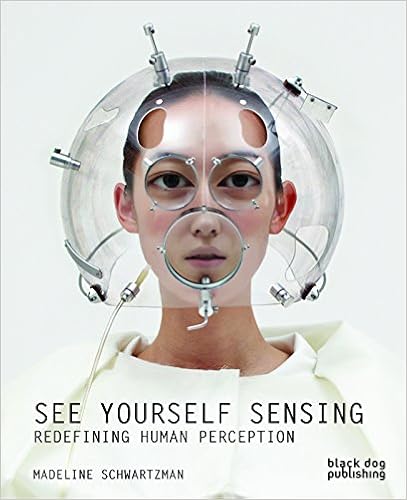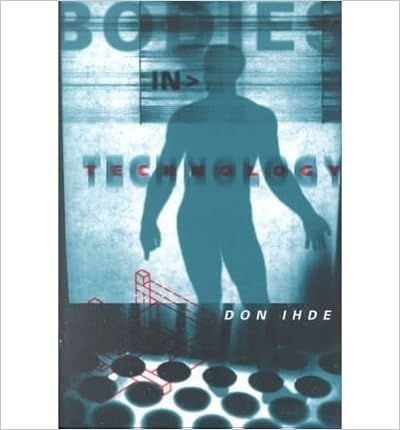

Did you know that we can see with our tongue? Or that we can plug our nervous system directly into a computer? With cybernetics, prosthetics, robotics, nanotechnology and neuroscience altering the way we perceive and experience space, the body has re-emerged as an important architectural site, revealing its astonishing potential as a creative medium. See Yourself Sensing: Redefining Human Perception is an explosive and unique survey that captures the fascinating relationship between design, the body, the senses, and technology.

New technologies suggest new ideas about embodiment: our "reach" extends to global sites through the Internet; we enter cyberspace through the engines of virtual reality. In this book, a leading philosopher of technology explores the meaning of bodies in technology-how the sense of our bodies and of our orientation in the world is affected by the various information technologies.

How the Body Shapes the Mind is an interdisciplinary work that addresses philosophical questions by appealing to evidence found in experimental psychology, neuroscience, studies of pathologies, and developmental psychology. There is a growing consensus across these disciplines that the contribution of embodiment to cognition is inescapable. Because this insight has been developed across a variety of disciplines, however, there is still a need to develop a common vocabulary that is capable of integrating discussions of brain mechanisms in neuroscience, behavioral expressions in psychology, design concerns in artificial intelligence and robotics, and debates about embodied experience in the phenomenology and philosophy of mind.

See Yourself X explores all forms of extension of the head into space, including new organs, hair dos, masks, head constructions and gear, headdresses, prosthetics and helmets by a range of interaction designers, fashion designers, photographers, illustrators, hair artists, painters and scientists. Conceptual topics include the obliteration of the face in fashion and art; the transformation of the head using masks, prostheses, biological modification, and post-human displacement; the projection of politics, power and virility via wild extensions of the head; the translation, decoding and deployment of the brain and dismantling of the intact body, and the representation of human traits and psychology via the analysis and deciphering of facial features.